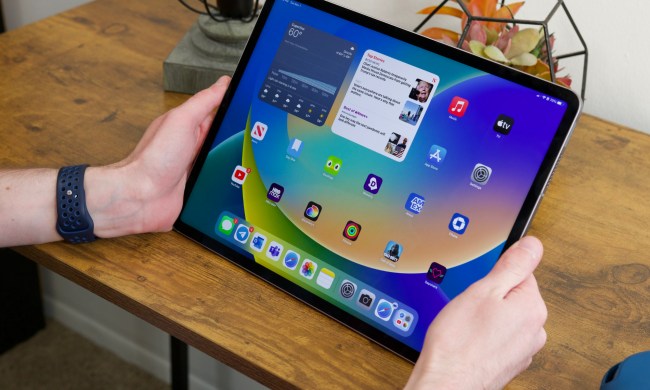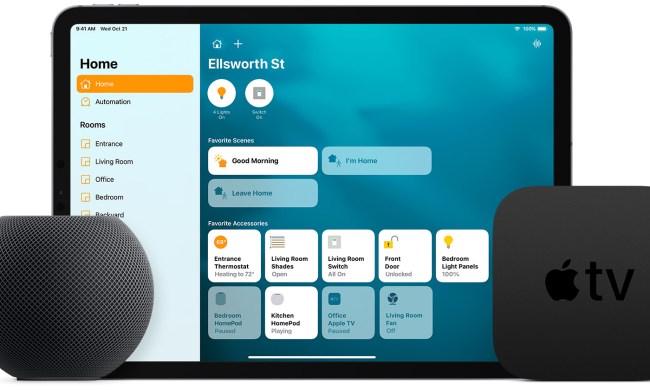In keeping up with its competition in the smart home space, Apple announced a trove of new features that will be accompanying iOS 14’s rollout. While we didn’t see any exciting announcements pertaining to the possibilities of a new HomePod, these new HomeKit features seem to make it easier for users to access their favorite connected gadgets.
The ongoing enhancements undeniably help HomeKit expand its features, but there’s still a core focus on privacy and security. It’s certainly what makes HomeKit attractive over its arrival. If you’re eager to know what’s on tap with Apple’s smart home ecosystem, here are the top five new HomeKit features coming with iOS 14.
Prioritized accessories in Home app

Apple’s Home app can be a bit intimidating, especially when all the various tiles are lumped into the app’s home interface. Thankfully, getting access to some of your most important smart home gadgets is being made easier with iOS 14.
Now, there will be a carousel at the top of the Home app — providing users with visibility to the accessories that require the most attention. For example, there will be an icon indicating your front door is closed, or if the lights in the living room were left on by accident. These priority icons are useful because they can be viewed all in one, centralized place.
Adaptive lighting

Did you know that lighting can have an effect on your mood? Studies have proven this, which is why Apple wants to ensure that you’re bathed in the appropriate lights throughout the day. You can enable adaptive lighting with iOS 14, to adjust your smart lights’ color temperatures throughout the day.
Meaning, adaptive lighting will turn on your lights to help you wake up in the morning, adjust to a cooler color temperature during working hours, and then switch to warmer tones at night to help your body get ready for sleep. From the looks of it, it’ll be supported by HomeKit compatible color changing smart lights, since there’s no way for daylight-only bulbs to adjust their tones to warmer colors.
Activity zones with security cameras

Even though Apple eliminates the need to install an additional app with HomeKit compatible security cameras, like the Logitech Circle View, one common complaint is that they lack some of the most fundamental features found in other cameras. Well, that’s changing with iOS 14, because there will be an option to set up activity zones.
This, of course, will help to reduce redundant notifications sent from your camera due to minor movement detection — like cars going down your street, or your pets coming into frame. These activity zones will only monitor specific areas you create for motion, so its arrival with HomeKit is an overdue, but welcome addition.
Face recognition

Another new iOS 14 feature we’re ecstatic to get with HomeKit is face recognition. Not only will HomeKit compatible cameras distinguish faces, which will indicate who they are based on friends and family members tagged in your Photos app, but Siri can also announce who they are through a HomePod.
Similar to activity zones, face recognition will help with smarter notifications. It’s worth pointing out that it’s coming to security cameras and video doorbells, as well. It’s an advanced feature for sure, so having it as a native features with iOS 14 is music to our ears.
Live view with Apple TV

Speaking of video doorbells, you’ll be able to view live streams from your cameras through Apple TV. You’ll never have to miss that package drop off by the mail person again!
Instead of using your phone to access live streams, tvOS 14 will allow users to ask Siri who’s at the front door while they’re watching a movie or television show. Notifications such as the doorbell ringing will pop up in a small window on your Apple TV, but you’ll have the option to make them full screen as well.
Want more news, reviews, guides, and features from Digital Trends? Follow us on Apple News, Google News, and Flipboard.



